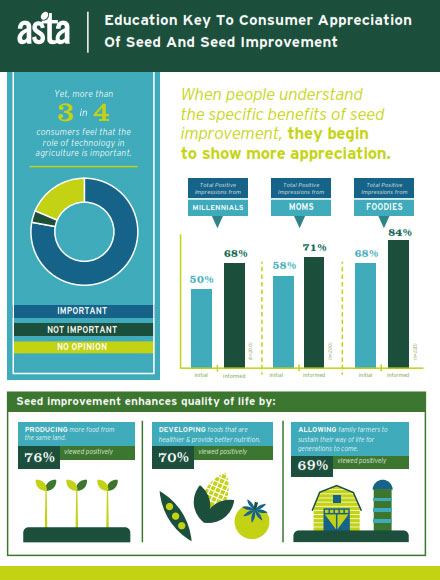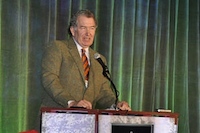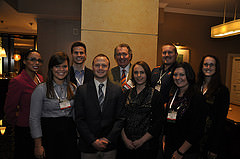 The public comment period for one of the U.S. Department of Agriculture’s (USDA) largest conservation programs has opened. USDA now has a 60-day comment period for the Environmental Quality Incentives Program (EQIP), accepting comments through regulations.gov or by the mail by Feb. 10, 2015.
The public comment period for one of the U.S. Department of Agriculture’s (USDA) largest conservation programs has opened. USDA now has a 60-day comment period for the Environmental Quality Incentives Program (EQIP), accepting comments through regulations.gov or by the mail by Feb. 10, 2015.
“This interim final rule provides a roadmap to help streamline and simplify EQIP for farmers and ranchers,” Agriculture Secretary Tom Vilsack said. “We strongly encourage agricultural producers, private forest landowners and stakeholders to provide comments on our implementation processes. This feedback will help us improve our operation and deliver technical and financial assistance more efficiently to our nation’s agricultural producers and forest landowners.”
The changes are intended to simplify the EQIP regulation regarding conservation practice scheduling, payment limitations and other administrative actions. Vilsack said USDA has enhanced EQIP by streamlining the delivery of technical and financial assistance to agricultural producers and forest landowners, nationwide.
Highlights of program changes in this rule include the following:
Requires at least 5 percent of available EQIP funds be targeted for conservation practices that promote wildlife habitat;
Establishes EQIP as a contributing program for the Regional Conservation Partnership Program;
Increases the advanced payment from 30 percent to 50 percent for eligible historically underserved producers, including beginning farmers, to help purchase material or contract services;
Targets assistance to veteran farmers and ranchers including eligibility for the new 50 percent advance payment and up to 90 percent of the cost to implement EQIP conservation practices;
Increases the payment limitation for EQIP from $300,000 to a maximum of $450,000 for benefits received during 2014-2018 and removes the option for a waiver to exceed payment limitations;
Eliminates the requirement for a program contract to remain in place for one year after the last practice has been implemented, allowing practices to be scheduled through the tenth year of a contract;
Includes an option to waive the irrigation history requirement under certain conditions;
Incorporates the Wildlife Habitat Incentive Program functions into EQIP.
USDA’s Natural Resources Conservation Service (NRCS) administers EQIP, a voluntary program that provides financial and technical assistance to eligible agricultural producers and forest landowners to help them address soil, water, air and related natural resource concerns on their lands in an environmentally beneficial and cost-effective manner.















